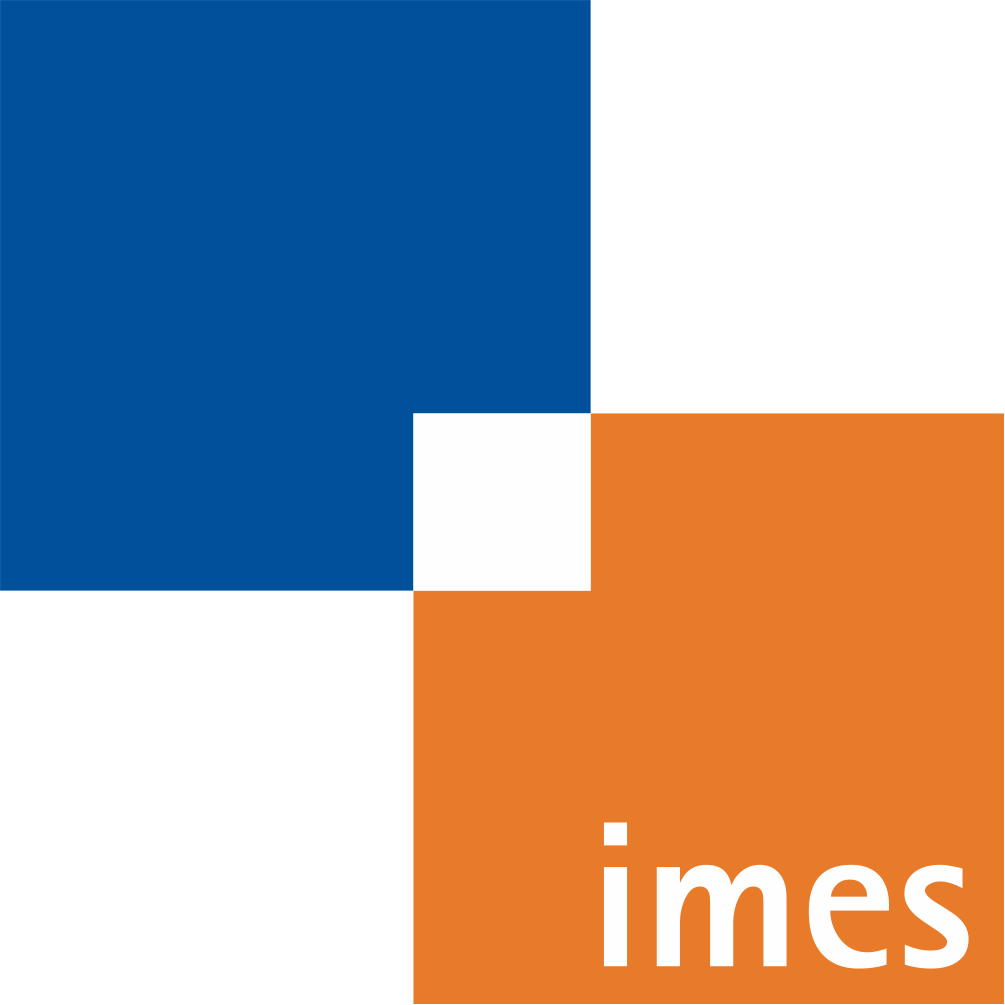Patient specific pointer tool for corrective osteotomy
Quality of symmetry based planning and case study of ulnar reconstruction surgery
- verfasst von
- Samuel Mueller, Lueder Alexander Kahrs, Johannes Gaa, Tobias Ortmaier, Jan Dierk Clausen, Christian Krettek
- Abstract
Malunion after forearm fractures are described to appear in 2% to 10% of cases. Reconstructive surgeries ensure adequate anatomical repositioning. Their importance derives from the fact that malunion can often lead to severe pain as well as deformities causing loss of function and aesthetic issues not only in the forearm, but also the wrist and elbow joint. In this paper a clinical case will be presented using a Patient Specific Instrument (PSI) as navigational aid for reconstructive surgery after malunion of a proximal ulnar fracture combined with allograft surgery of the radial head and radial condyle due to chronic traumatic radial head luxation (Monteggia fracture). A planning method based on symmetry is described and evaluated on twelve Computed Tomographic (CT) data sets of intact forearms. The absolute point to point deviation at distal end of the ulnar styloid process was used as a characteristic value for accuracy evaluation. It is 7.9 ± 4.9 mm when using only the proximal end of the ulna for registration. The simulated change of ulnar variance is −1.4 ± 1.9 mm. Design and concept of the PSI are proven in a clinical trial
- Organisationseinheit(en)
-
Institut für Mechatronische Systeme
- Externe Organisation(en)
-
Medizinische Hochschule Hannover (MHH)
- Typ
- Artikel
- Journal
- INJURY
- Band
- 48
- Seiten
- 1325-1330
- Anzahl der Seiten
- 6
- ISSN
- 0020-1383
- Publikationsdatum
- 07.2017
- Publikationsstatus
- Veröffentlicht
- Peer-reviewed
- Ja
- ASJC Scopus Sachgebiete
- Notfallmedizin, Orthopädie und Sportmedizin
- Elektronische Version(en)
-
https://doi.org/10.1016/j.injury.2017.05.012 (Zugang:
Geschlossen)
